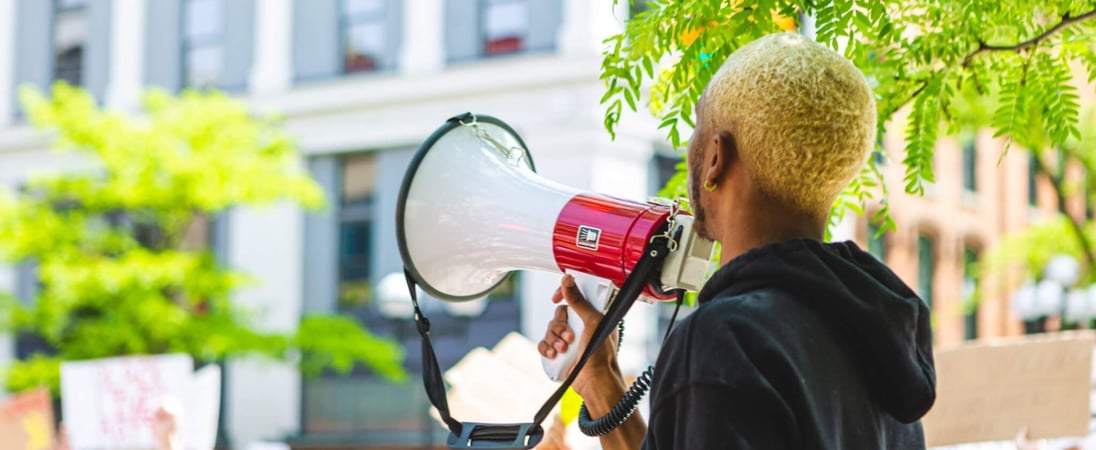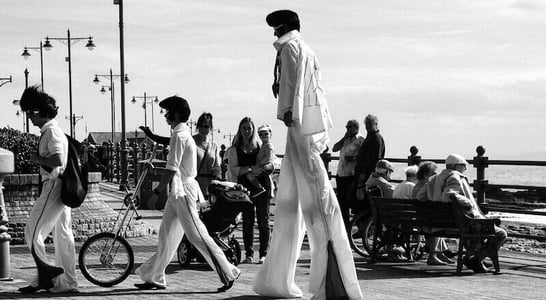
National Black History Month
Black History Month, also known as African American History Month, is a vibrant celebration that highlights the rich cultural aspects of African Americans.
This month-long observance recognizes the impact of African American culture on various aspects of American life, including art, music, literature, and cuisine.
It’s a time for everyone to learn and appreciate the diverse and profound influence that African Americans have had on shaping the nation’s history and identity!
How to Celebrate Black History Month
Cook Up Some Culture
Nothing says celebration like a feast. Try new recipes from African American chefs. Gumbo, cornbread, or sweet potato pie can make mouths water. Cooking together can create lasting memories. Remember to share the stories behind the dishes!
Groove to the Beats
Dive into the rich world of African American music. Explore jazz, blues, hip-hop, and more. Create a playlist that features legendary artists like Louis Armstrong or Aretha Franklin. Host a dance-off with friends and family. Music brings history to life in the most fun way.
Read and Reflect
Grab a book by an African American author. Works by Maya Angelou or James Baldwin can inspire and educate. Organize a book club and discuss the themes. Libraries often feature special collections during this month. Dive into stories that open new perspectives.
Visit Virtual Exhibits
Museums offer amazing virtual tours. Explore exhibits from the Smithsonian National Museum of African American History and Culture online. Discover artifacts and stories that highlight the African American experience. Virtual tours are fun and informative without leaving your couch.
Support Black-Owned Businesses
Shopping from African American entrepreneurs boosts the community. Look for unique handmade items, books, or clothes.
This act of support makes a significant impact. Spread the word about great finds to friends. Everyone loves discovering new favorite stores.
Watch Documentaries
Stream documentaries that focus on African American history. “13th” or “I Am Not Your Negro” can provide deep insights. Host a movie night and invite friends. Follow up with lively discussions. Documentaries make learning engaging and entertaining.
Create Art Inspired by History
Let creativity flow by making art that celebrates African American culture. Paint, draw, or craft something unique. Share your creations on social media to spread awareness. Art can express appreciation and admiration in colorful ways. Get the whole family involved in a fun project.
Join Community Events
Many local groups organize special events. Attend a lecture, workshop, or performance. It can be exciting to meet new people with shared interests.
Check community boards or social media for announcements. Participating in events can broaden understanding and connections.
Significance of Black History Month
The celebration honors the achievements and contributions of African Americans throughout history. It’s a moment to reflect on the struggles and triumphs of past generations, acknowledging their perseverance and impact on society.
This month emphasizes the importance of understanding African American history as an integral part of American history.
Through this recognition, we honor those who have fought for equality and justice, inspiring future generations to continue the journey toward a more inclusive and equitable society.
Black History Month is not just about looking back; it’s about fostering a more inclusive future. The celebration encourages a deeper appreciation of cultural diversity and promotes understanding and respect among different communities.
It’s a reminder of the ongoing efforts to achieve equality and the importance of continuing to support and uplift African American voices and stories in all areas of life.
History of Black History Month
Also called African American Heritage Month, this event started as a week-long celebration known as “Negro History Week” in 1926. Carter G. Woodson, a prominent African American historian, launched this initiative to emphasize the significant contributions of African Americans to U.S. history, which were often overlooked.
A week in February was chosen to honor the birthdays of Abraham Lincoln and Frederick Douglass, both influential figures in the fight against slavery.
In 1976, during the United States bicentennial, the celebration expanded to a month. This change allowed more time for educational activities and events to highlight African American achievements and culture.
Since then, every president has endorsed February as Black History Month. This month-long observance encourages schools, communities, and institutions to organize events and share knowledge about African American history.
Black History Month recognizes and honors the rich cultural heritage and contributions of African Americans. It provides an opportunity for reflection, education, and celebration of the diverse stories and accomplishments that shape American history.
This month helps to ensure that the legacies of African American leaders, artists, and activists continue to inspire future generations.
Also in ...
View all holidaysNational Yorkshire Pudding Day
Golden brown and crispy on the outside, soft and doughy on the inside — the perfect accompaniment to any roast dinner!
National Baked Alaska Day
Picture a crispy golden exterior, followed by a layer of cool, creamy ice cream. Top it off with a blow-torched meringue for a heavenly dessert!
World Hijab Day
Hijab is a style of modest dress that has been part of the Muslim religious faith for hundreds of years. More than just women wearing a head covering, though that is part of it, hijab dress is an important part of lifestyle for both men and women of faith.








